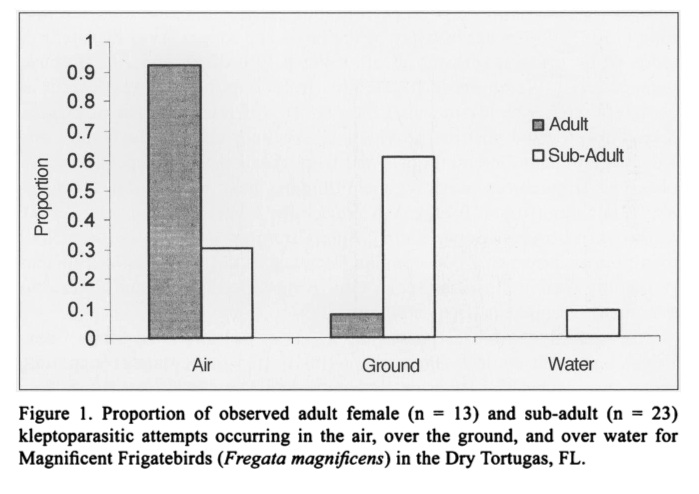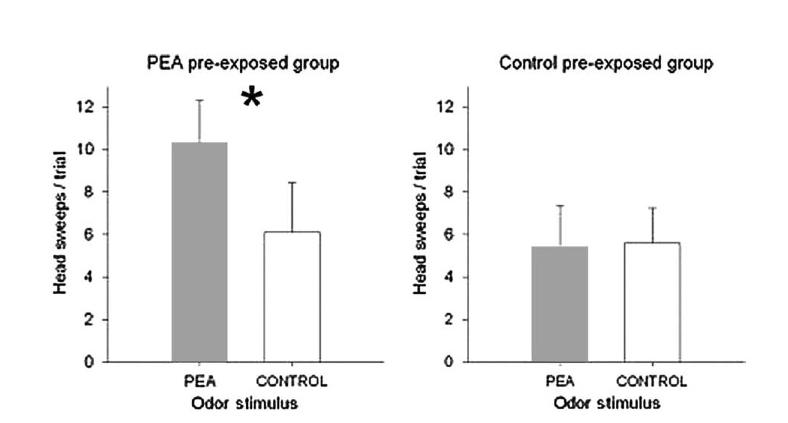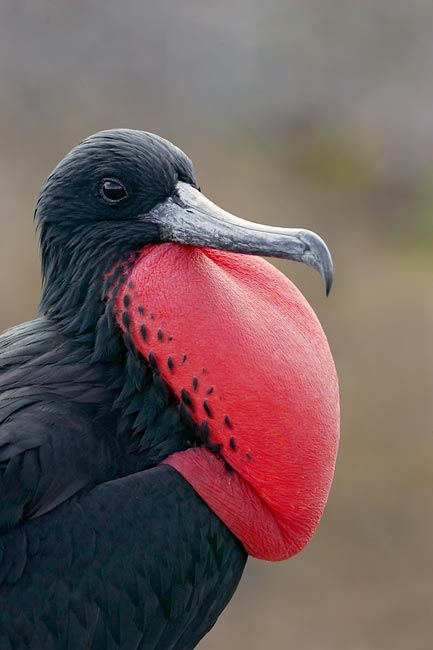Kleptoparasitism
Biology 342 Fall 2012
Erin Appleby and Ryan Streur
Ontogeny
“All these feats that the birds are performing, their wonderful exploitation of the wind, their amazingly exact assessment of distances and, above all, their understanding of local wind conditions, their knowledge of all the upcurrents, air pockets and eddies---all this proficiency is no inheritance, but, for each bird, an individually acquired accomplishment.” --Konrad Lorenz, “Playing with the Wind”, From King Solomon’s Ring (Hay, 1996)
Just as the jackdaws of the poetry of Konrad Lorenz, a colleague of Tinbergen, learn the skills that enable them to perform behaviors such as playing with the wind, so seabirds learn the skills that allow them to steal food.
Ontogeny is one of Tinbergen’s four questions pertaining to how a behavior develops over the course of an organism’s life. One of the most direct ways to investigate the ontogeny of food piracy is to examine its frequency displayed in individuals of many age groups, such as the Magnificent Frigatebird (above). It is also informative to investigate the ontogeny of a broader behavior, such as scent-driven foraging behavior. The sense of smell influences seabird’s foraging behavior, including food theft (See MECHANISM). How a chick’s exposure to odors in the nest influence scent-driven search behavior later in life is exactly a question about the ontogeny of food-oriented behavior in seabirds.
The Development of Kleptoparasitic Feeding Strategies in Magnificent Frigatebirds 
Multiple studies have shown variation in the frequency of kleptoparasitic behavior at different life stages of different seabirds lives. For example, kleptoparasitic behavior in Magnificent Frigatebirds (Fregata magnificens) varies by age (Bullock & Bullock 2008). Adult female Magnificent Frigatebirds tend to pursue solitary potential hosts in the sky rather than on the ground, whereas sub-adults tend to approach groups of potential hosts on the ground (see right). The sub-adults’ preference for hosts in groups could indicate that younger birds cannot identify hosts with food as accurately as older, more experienced birds. A sub-adult frigatebird, not knowing which potential hosts have food or not, will therefore have a better chance of finding a host with food if it approaches a group of potential hosts. Adult females, on the other hand, could pursue a host known to have food with greater certainty of a meal. This single, airborne pursuit, while more expensive than a single one of the younger bird’s ground pursuits, would be less costly than several unsuccessful ground pursuits.
For a video of a frigatebird stealing food right out of the mouth of a baby blue-footed booby, visit http://www.youtube.com/watch?v=5CdxY9hDOw4
Thin-billed Prion Chicks Learn Scents before Hatching 
Coincidentally, thin-billed prion chicks (Pachyptila belcheri) have been shown to learn and recognize scents that were encountered in the rearing environment in the nest before hatching. Thin-billed prions are a species of the procellariiformes order or tube-nosed birds. Before hatching, the chicks were exposed to a novel odor (shown as PEA in the figure to the right) and a control. After the chick hatched, the number of head sweeps in response to the novel odor was counted, showing evidence that chicks can learn odors present in their rearing environment (Cunningham 2011). This is significant because smells brought into the nest by parents can include odors that indicate food, which is critical for a chick to learn if it is to detect the presence of food across the vast expanse of ocean that is to be its foraging ground.
A deeper question that begs to be asked is this: Is it instinctual to innovate new foraging strategies such as food theft? In fact, studies have suggested that innovation of new foraging techniques is an indicator of sophisticated cognitive abilities that have evolved in birds. See PHYLOGENY.
